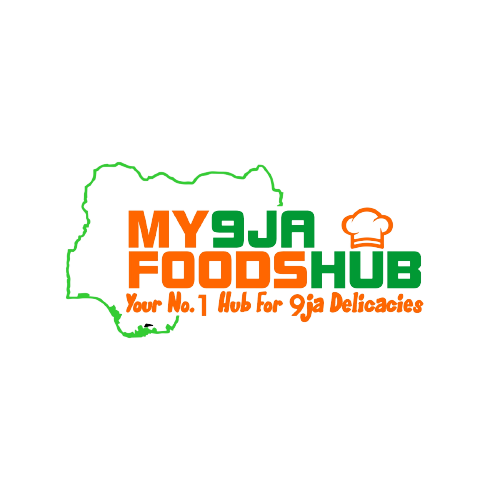The way we produce, process, and consume food has undergone a significant transformation in recent years, thanks to the advent of technology. From farm to table, tech innovations are revolutionizing the food industry, making it more efficient, sustainable, and accessible.
In this article, we’ll explore the exciting developments that are changing the face of food production and consumption.
Smart Farming: The Future of Agriculture
Traditional farming methods are being replaced by precision agriculture, which leverages advanced technologies like drones, satellite imaging, and IoT sensors to optimize crop yields. These tools enable farmers to:
- Monitor soil health, temperature, and moisture levels in real-time
- Identify areas that require irrigation, fertilization, or pest control
- Receive data-driven insights to make informed decisions about planting, harvesting, and crop rotation
Smart farming not only increases crop yields but also reduces waste, conserves resources, and minimizes the environmental impact of farming.
Vertical Farming: The Rise of Indoor Agriculture
Vertical farming, also known as indoor agriculture, is a method of growing plants in vertically stacked layers, often in urban areas. This innovative approach offers several benefits, including:
- Increased crop yields per square foot
- Reduced water consumption (up to 90%)
- Minimal land use
- Year-round production, regardless of climate or season
- Reduced transportation costs and carbon footprint
Companies like AeroFarms and Plenty are already using vertical farming to grow a wide range of crops, from leafy greens to berries, in controlled environments.
Food Processing and Manufacturing: Automation and Efficiency
Food processing and manufacturing are becoming increasingly automated, thanks to advancements in robotics, artificial intelligence, and machine learning. These technologies enable companies to:
- Optimize production lines for maximum efficiency
- Reduce labor costs and minimize the risk of contamination
- Improve product quality and consistency
- Develop new products and flavors through data-driven R&D
For example, companies like Moley Robotics are developing robotic kitchens that can prepare complex meals with precision and speed, while startups like RoboKitchen are creating automated cooking systems for commercial kitchens.
ALSO READ: How Crop Rotation can curtail Disease and Pest Cycles
Food Delivery and Logistics: The Rise of Ghost Kitchens
The rise of food delivery apps like Uber Eats, GrubHub, and DoorDash has led to the emergence of ghost kitchens, also known as virtual or cloud kitchens. These are commercial kitchens that operate solely to prepare and deliver food, without a physical dining space. Ghost kitchens offer several advantages, including:
- Reduced overhead costs
- Increased efficiency and scalability
- Ability to operate in high-demand areas without the need for physical restaurants
- Data-driven insights to optimize menu offerings and delivery routes
Companies like Uber Eats and CloudKitchen are already investing heavily in ghost kitchens, which are expected to revolutionize the food delivery landscape.
Food Safety and Quality Control: The Role of Blockchain
Blockchain technology is being used to improve food safety and quality control by creating transparent and tamper-proof supply chains. This allows consumers to:
- Track the origin and movement of their food
- Verify the authenticity and quality of ingredients
- Receive real-time updates on food recalls and safety alerts
Companies like Walmart and Maersk are already using blockchain to improve food safety and reduce the risk of contamination.
Personalized Nutrition and Meal Planning: The Future of Healthy Eating
Advances in AI, machine learning, and genomics are enabling personalized nutrition and meal planning. Companies like DNAfit and Habit are using genetic data to provide tailored dietary recommendations, while startups like PlateJoy are developing AI-powered meal planning platforms.
These innovations are empowering consumers to make informed decisions about their diet and lifestyle, leading to improved health outcomes and reduced healthcare costs.
In Summary
The intersection of technology and food is transforming the way we produce, process, and consume food. From smart farming to ghost kitchens, and from blockchain to personalized nutrition, these innovations are making the food industry more efficient, sustainable, and accessible.
As consumers, we can expect to see more exciting developments in the years to come, including the rise of lab-grown meat, 3D-printed food, and augmented reality dining experiences. The future of food is bright, and technology is leading the way.






